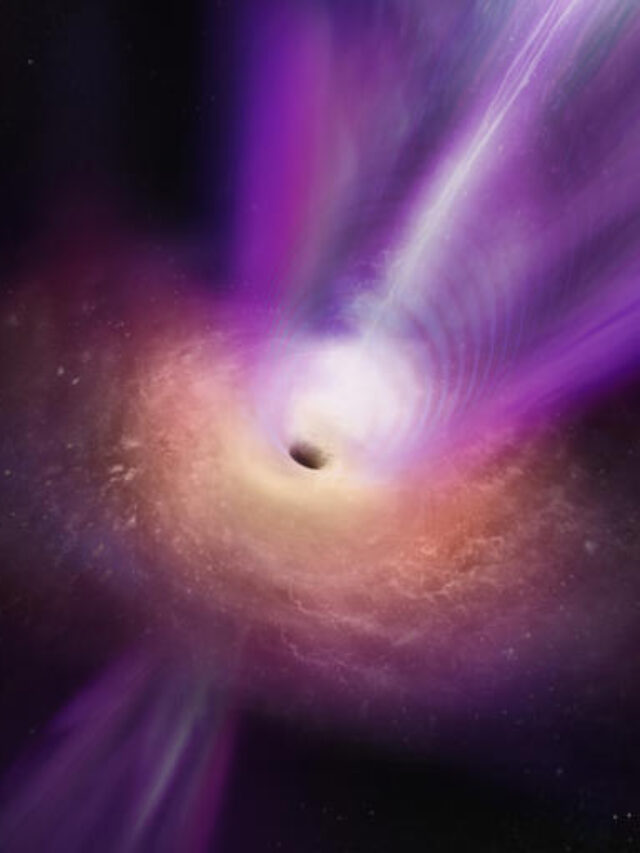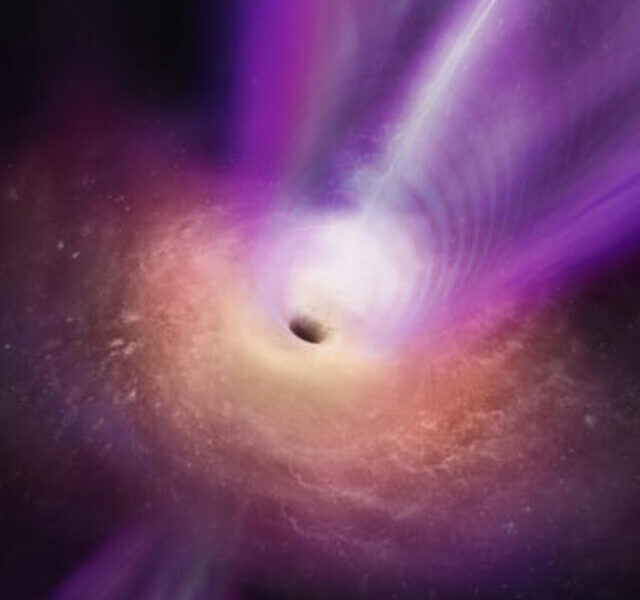Discover the fascinating Black Hole Heartbeat Phenomenon. Learn how black holes in binary systems create heartbeat-like pulses of X-ray radiation and what recent research reveals about this cosmic behavior.

© NASA/ESA/STScI
Black Hole Heartbeat Phenomenon: Unraveling the Cosmic Mystery
Black Hole Heartbeat Phenomenon is a captivating topic in modern astrophysics. While black holes are often thought of as enigmatic and distant entities, recent research has uncovered a surprising behavior that resembles a heartbeat. This ‘heartbeat’ occurs in black holes when they are consuming large amounts of gas, and new studies are shedding light on the mechanics behind this phenomenon.
What is the Black Hole Heartbeat Phenomenon?
In the cosmic dance of binary systems, black holes and their stellar companions share a close relationship. When one of these bodies is a black hole, it can pull in gas from its companion star. As this gas spirals toward the black hole, it gets compressed and heated to extreme temperatures. This process results in the emission of X-rays, which are often detected by astronomers.
This interaction was famously observed in Cygnus X-1, a black hole system that stands out as one of the brightest X-ray sources in our night sky. But beyond the steady X-ray emission, some black holes exhibit a unique pattern of variability. This pattern is what scientists refer to as the Black Hole Heartbeat Phenomenon.
The Heartbeat Flare
During the gas accretion process, black holes can experience occasional outbursts of intense X-ray radiation. These outbursts are the result of the rapid consumption of a large amount of gas. But what’s particularly interesting is that these outbursts are not always uniform. Instead, they can include periodic pulses that resemble a heartbeat.
Astronomers have identified these pulses within the broader flare of X-ray emission and have termed them “heartbeat flares.” The behavior of these pulses is similar to an EKG signal, with a slow rise, a rapid drop, and then a return to baseline. This resemblance to a heartbeat is not just a poetic comparison; it reflects a genuine periodic pattern that can be observed in the data.
Recent Research and Discoveries
A significant breakthrough in understanding the Black Hole Heartbeat Phenomenon came from a recent study by astronomers at the Key Laboratory of Particle Astrophysics at the Chinese Academy of Sciences in Beijing. Their research focused on a black hole located 28,000 light-years from Earth, known as IGR J17091-3624. The team used data from the Neutron Star Interior Composition Explorer (NICER) and the Nuclear Spectroscopic Telescope Array (NuSTAR) to analyze the X-ray emissions from this black hole.
Their findings confirmed the presence of a heartbeat-like signal within the X-ray flare. By examining the detailed properties of this signal, the researchers concluded that these periodic pulses are caused by interactions and instabilities within the material surrounding the black hole. These interactions create a dynamic environment where the flow of gas and radiation generates the observed heartbeat pattern.
How Does the Heartbeat Phenomenon Work?
The heartbeat-like pulses observed in black hole flares result from the complex interplay of several factors. As gas from the companion star falls into the black hole, it forms an accretion disk around it. This disk is a swirling, high-temperature region where the gas gets compressed and heated. The intense radiation produced in this region can vary in intensity over time, leading to the periodic pulses seen in heartbeat flares.
Instabilities in the accretion disk, such as turbulence or changes in the gas flow, can contribute to the observed periodicity. These fluctuations cause the emission of X-rays to rise and fall in a regular pattern, similar to the peaks and troughs of a heartbeat.
Implications and Future Research
The study of the Black Hole Heartbeat Phenomenon is more than just an interesting observation; it has implications for our understanding of black hole behavior and the dynamics of accretion disks. By analyzing these heartbeat flares, astronomers can gain insights into the physical processes occurring around black holes and refine their models of how these cosmic giants interact with their environment.
Future research will likely focus on observing more black hole systems to see if similar heartbeat patterns can be detected in different contexts. Comparing these patterns across various systems could help scientists understand whether there are common factors influencing the heartbeat phenomenon or if it varies significantly from one black hole to another.
Conclusion
The Black Hole Heartbeat Phenomenon represents a fascinating aspect of black hole research, highlighting the complex and dynamic nature of these cosmic objects. By studying the periodic pulses of X-ray radiation emitted during intense outbursts, astronomers are unraveling the mysteries of black hole behavior and gaining valuable insights into the interactions between black holes and their stellar companions. As research continues, we can expect to learn even more about these enigmatic objects and the unique phenomena they exhibit.
ALSO READ:
Lunar Biorepository for Endangered Species: 5 Brilliant Solutions for Global Conservation



